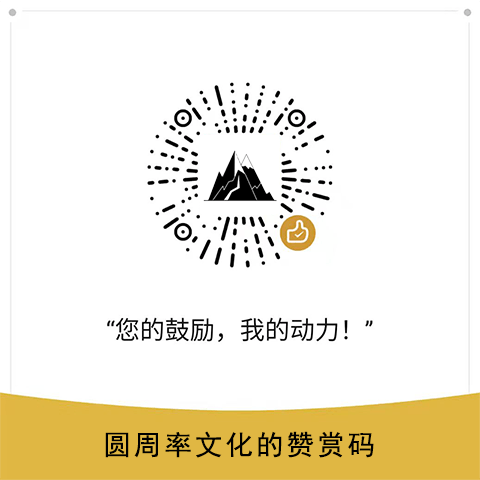Permaculture as a movement has most of the knowledge, tools and resources that we need to create a regenerative society in the physical sense. Just Google ‘passive solar design’ or ‘aquaculture’ and you will find hundreds of books, articles and how-tos. Certainly we can fine tune and experiment but the harder task lies in transforming our social and invisible systems. This becomes even more crucial when we are taking permaculture out of the private realm (backyards, homes) and into the public (community gardens, business and governance).

How do you practice ‘fair share’ living in an economic system that is based on accumulation and inequality? How do you change laws to make permaculture systems legal? How do you learn to collaborate?
These are important questions that we need to talk about and can use the permaculture ethics and principles to guide us. I came to permaculture via community organizing in the global justice movement and drew many connections between what I had learned about being a good organizer and the permaculture principles. The following is a list of 10 permaculture principles with an example of social permaculture in action. This was developed in 2003 in collaboration with Benneth Phelps of Mosaic Farm and has been updated for use as a card game to teach permaculture principles.
Relinquish Control
The role of a successful design is to create a self-managed system.
Social Permaculture Example: A good organizer will organize themselves out of a job. You match people with the activities they like to do. For an event someone makes a flyer, restaurants donate extra food, musicians play music, children play in a child care area…. On the day of the event everyone is doing their activities and you get to relax in the corner.
The Problem is the Solution
Think creatively and turn constraints into resources!
Social Permaculture Example: There is lack of living wage, meaningful employment in your town. You band together with other people that have complimentary skill sets and work with your Community Development Corporation, or a mentor company, to start your own business that improves your community.
Multiple Functions
Each element in a system is chosen and placed so that it supports as many activities as possible.
Social Permaculture Example: Your neighborhood has a block party. At the party people help paint a mural on the side of the building that has been abandoned, neighbors put out items on their lawn (that have been gathering dust in their attic) for people to take, people bring their favorite recipes, neighbors meet other neighbors. There are conversations about how to make the neighborhood better. Several needs are met by this gathering.
Work within Nature
Functioning along with natural cycles results in higher yield and less work.
Social Permaculture Example: You are interested in organizing a conference around issues of hunger in your town. Instead of covering each aspect with members of your group, you investigate and involve groups that are already working on hunger. You know that linking these groups will have the greatest impact and that means less work for you.
Least Change, Greatest Effect
The less change that is created, the less embedded energy is used to create a system.
Social Permaculture Example: You move to a new town and want to get involved in community organizing there. Before you jump right in and assert your own ideas, you spend a year listening and getting to know the people and issues in this place. Once you understand the natural system of that community, its needs, assets and organizing principles, you decide to lend your ideas and skills to the labor organizers in town, where you are very effective.
Edge Effect
Also known as ecotones, the principle governing where two ecosystems come together to form a third, which has greater fertility, productivity and diversity than either of the other two.
Social Permaculture Example: A group of water activists form a coalition with the clean air activists in their state. The political coalition allows for greater diversity of ideas and new collaborations on projects that did not previously exist within their separate groups.
Diversity
Use and value diversity
Social Permaculture Example: You take leadership from and are accountable to people that have been oppressed by our current system. You know that in order to have a culture that values people care we all must be free and we need to learn from those who have experienced first hand how this system is not working.
On-Site Resources
Determine what resources are available and entering the system on their own, then maximize their use.
Social Permaculture Example: Community needs are not being met within a certain neighborhood. A few neighbors start a community-mapping project to assess needs and assets from within the community. This saves community members’ time, money and resources they would spend meeting their needs elsewhere.
Functional Interconnection
The principle in play when the (waste) products of one system function meet the needs of another system element, reducing work, waste and pollution as the system meets its own needs.
Social Permaculture Example: You collect food scraps from local restaurants; you turn these food scraps into compost and sell the compost to local gardeners.
Redundancy
Every critical need should be met in more than one way.
Social Permaculture Example: In your group or club you promote the idea of leadership sharing. You take turns facilitating meetings, planning agendas and work to train new people to gain those skills. If one leader gets busy or moves away the organization doesn’t fall apart.












评论已关闭